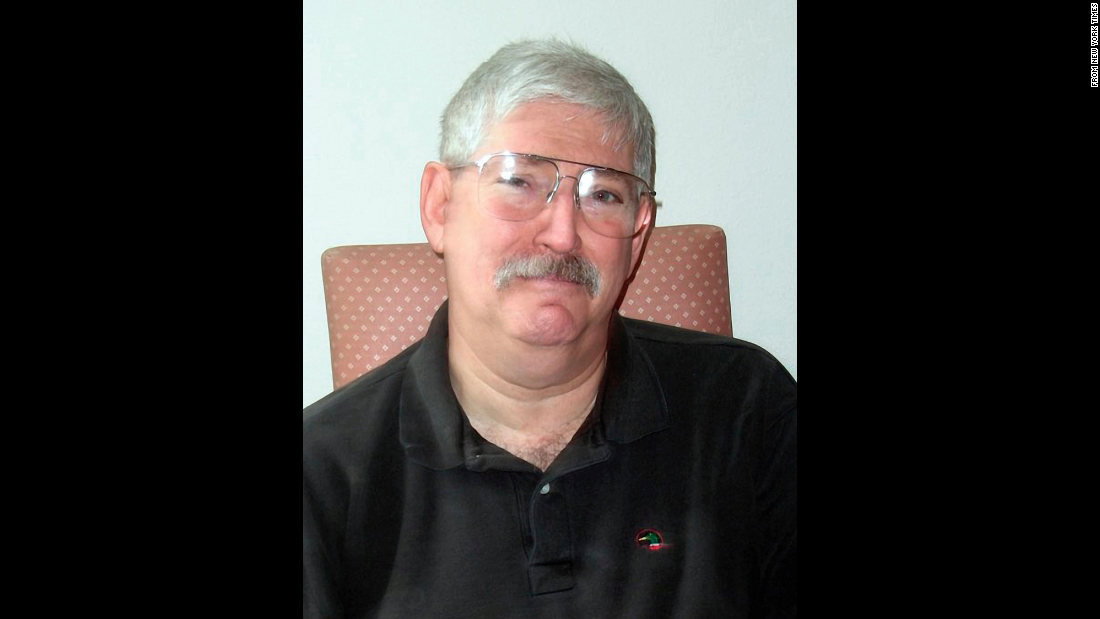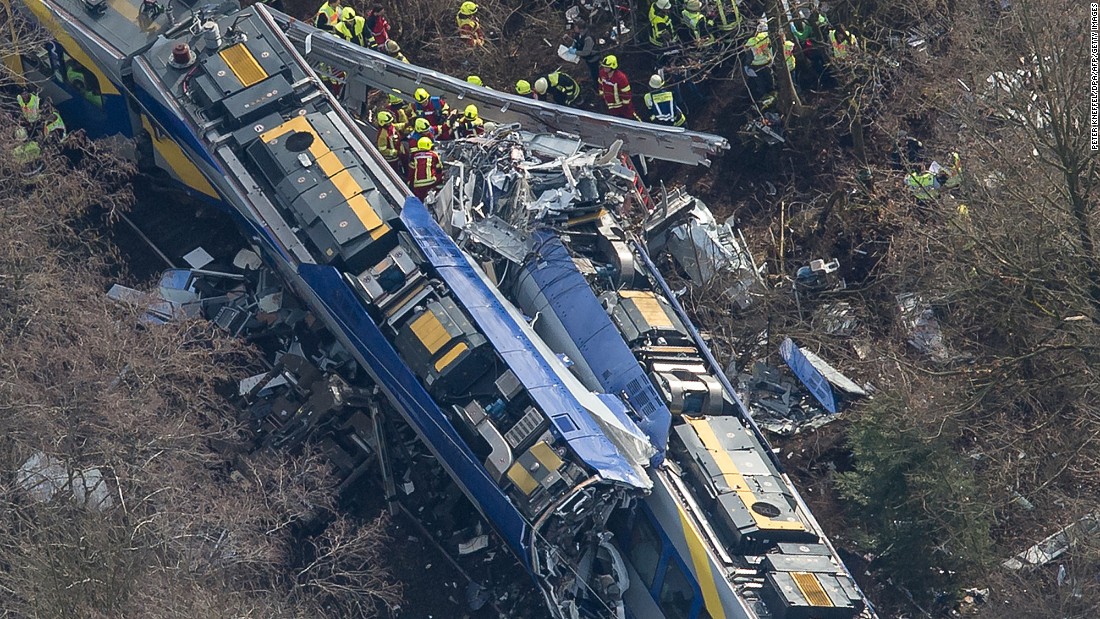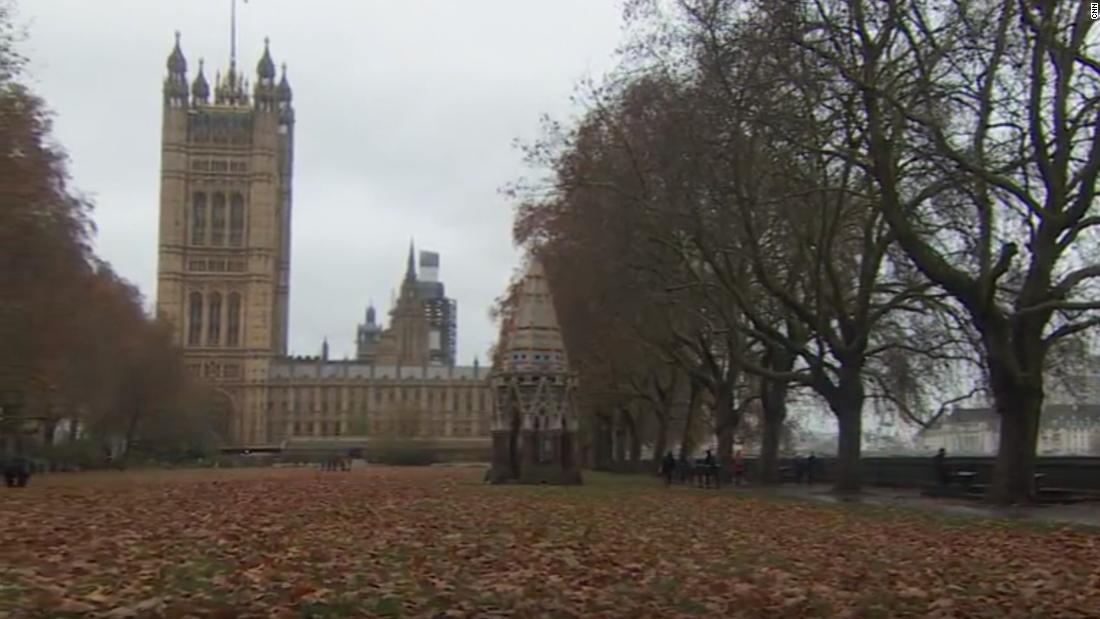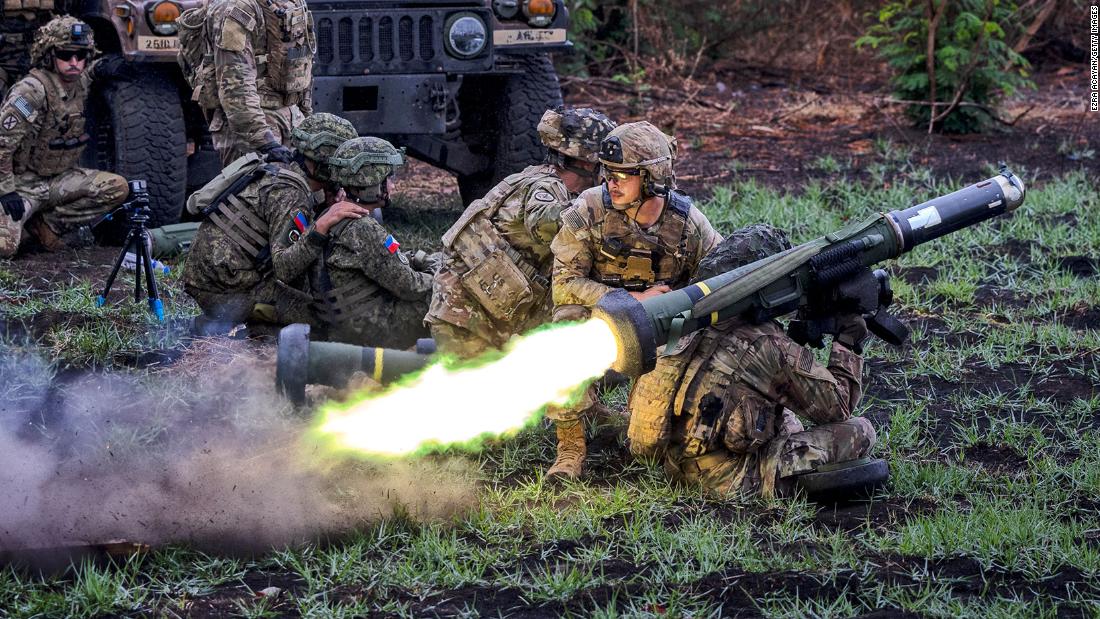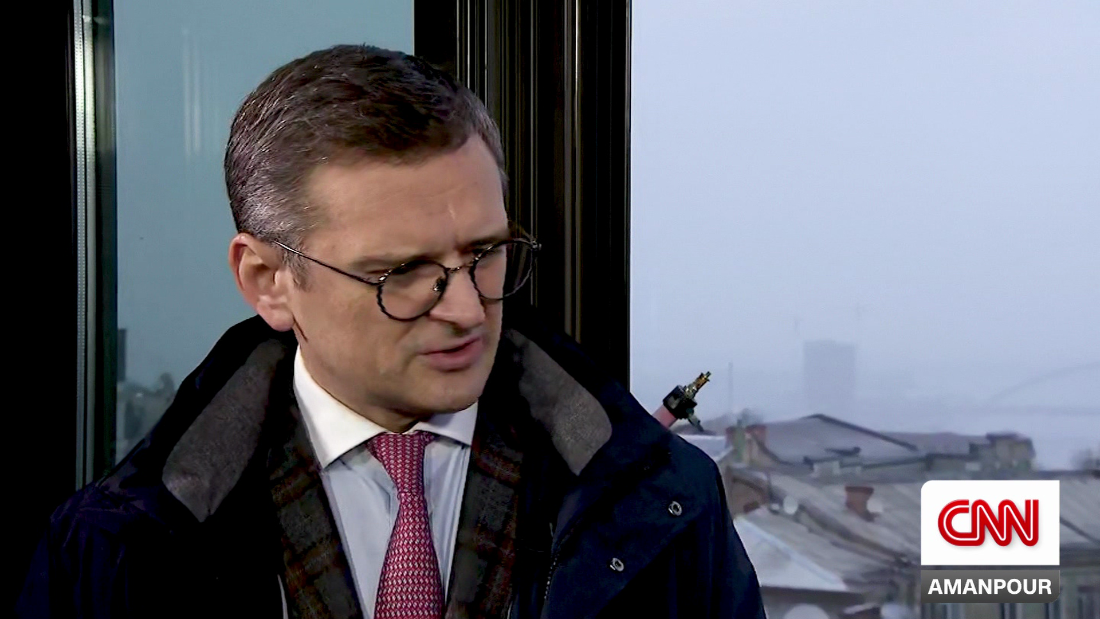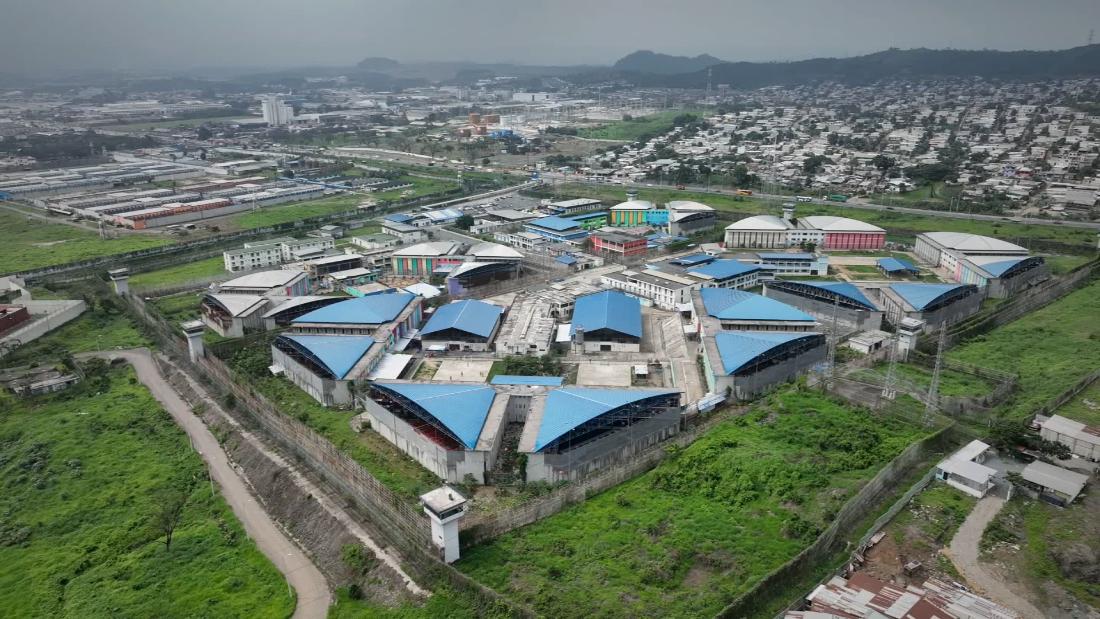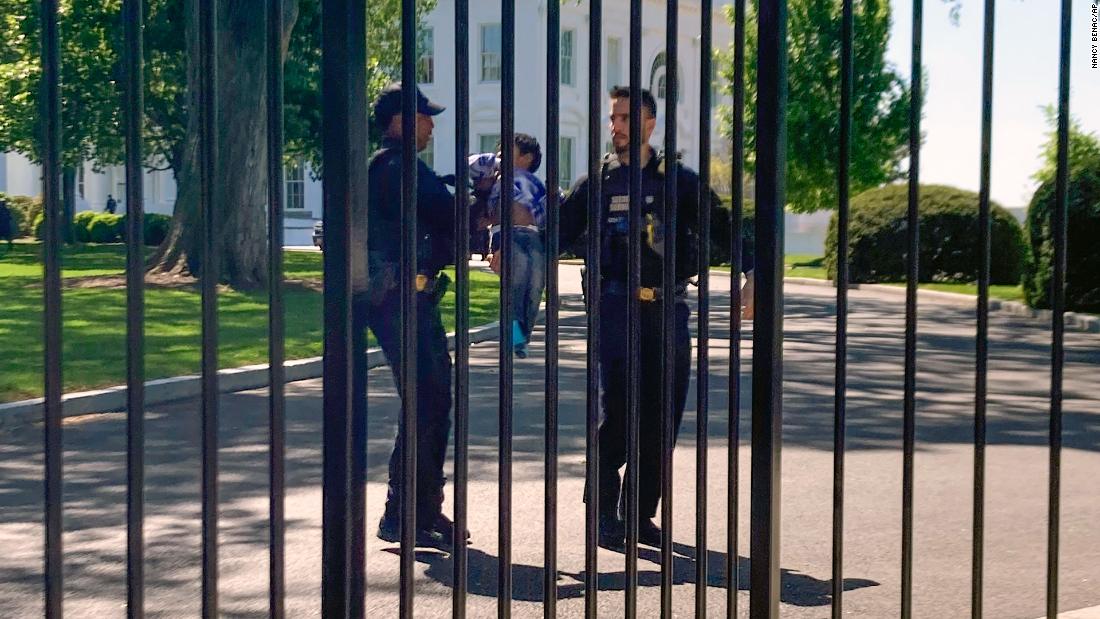THE world’s most unusual train could hit speeds of 270mph and was meant to change the way people travel.
But the revolutionary “Aerotrain” was soon left abandoned and its partially demolished test track has since become an incongruous landmark in the heart of the French countryside.
Wikimedia CommonsThe Aerotrain was a high-speed hovertrain design developed in France from 1965 to 1977[/caption]
GettyThe Aerotrain was supposed to revolutionise the way we travelled[/caption]
GettyThe experimental Tracked Air Cushion Vehicle (TACV) atop its 11 mile-long test track[/caption]
GettyA prototype that has been left abandoned since the end of the project in 1974[/caption]
Developed in France from 1965 to 1977 under the engineering leadership of Jean Bertin, the Aerotrain was intended to bring the French rail network to the cutting edge of public transportation.
An experimental high-speed Tracked Air Cushion Vehicle (TACV) also known as a hovertrain, it travelled on an air cushion atop a concrete track and was propelled by an aircraft engine.
Unlike conventional railways, however, the Aerotrain would run on a single concrete track in the shape of an inverted T – meaning it had no need for wheels.
The idea for the Aerotrain had materialised after one of Bertin’s employees, working on engine exhaust silencers, came up with a way for their vehicles to float a few centimetres off the ground.
But after realising the vehicles would have to be huge to work, Bertin considered giving up the whole process.
That was, however, until he found out a group of English researchers were planning to launch a hovercraft, a vehicle based off very similar technology, and so he continued to embark on the research process.
Bertin’s dream quickly garnered attention and soon enough he struck up a deal with SNCF (France’s national state-owned railway company) in 1967, with permission granted for a test track in Loiret.
Located north of Orleans, a city in north-central France, about 74 miles southwest of Paris, the track reached 11 miles in length and consisted of 120-metre-long sections resting on 900 ten-metre poles.
It opened for use in September 1969 and numerous tests were conducted over the next five years.
After the failure of a first prototype, a second one reached speeds of 262mph in 1969 and 267mph in 1974.
It wasn’t until 1981 that the TGV (France’s intercity high-speed rail service) surpassed 237mph.
In 1989, the Aerotrain broke the record for all air-cushioned vehicles, which it still holds today.
But after the first petrol crisis in 1973 brought a major shock to the financial world, Aerotrain and TGV were forced to rethink the way they were propelled.
While high-speed trains could rely on electricity, Aerotrain did not share the same luxury.
Despite this setback, Aerotrain signed a contract in 1974 to build lines from the new town of Cergy-Pontoise to La Defense business district in Paris.
GettyBertin’s son, Philippe, showing the remains of the the skytrain to his own son after it was destroyed by fire[/caption]
WikipediaThe 11 mile-long test track still remains in rural France today[/caption]
WikipediaIt cuts an sorry figure amongst the French countryside[/caption]
Russia’s own Jet Train
SOVIET engineers’ visions of a futuristic turbo train which could hit lightening speeds now sits rotting in a factory yard.
The 50 ton jet-powered train could reportedly hit speeds of around 180mph along the tracks.
And it’s thought – with the right track beneath it – the 28 metre train car could have exceeded 220mph.
But now, ruins of the futuristic locomotive sits slowing disintegrating in a factory yard in Kalininsky, St Petersburg.
In the 1960s, Soviet passenger trains travelled at an average speed of around 40mph.
And when the US launched their ambitious jet-powered train project, the then-USSR couldn’t fall behind the competition.
The American M-497 Black Beetle was built in 1966 – hitting speeds of 184mph.
Soviet engineers were then tasked to build an experimental train which would rival the US model.
The experimental train was built in the 1970 by researchers at Kalinin Carriage Works.
Designers took a standard train car and attached to the roof a pair of engines from a Yak-40 passenger plane.
The superfast train is reported to have performed well in tests – reaching well towards speeds of 200mph.
This is much faster than even contemporary high-speed trains, including the Japanese bullet train the Shinkansen.
Russia’s turbo train – officially dubbed the High Speed Laboratory Car – was unveiled in October, 1970.
It would be run on an experimental testing track under the control of engineer Mikhail Nepryaev and aircraft mechanic Alexei Lozov.
Five years of testing followed which saw the super speed train even run on some public stretches of railway as it roared on.
The All-Union Research Institute of Carriage Building boasted the train could have hit speeds of up 223mph.
And they hoped their creation could have fronted a new generation of railways criss-crossing the Soviet Union.
But as the Communist block slowly began to eat away at itself, such ambitious plans were shelved.
The previous month, however, Valery Giscard d’Estaing had become the next French president and had plans to expand the country’s rail power.
But he prioritised funding the TGV and, to Bertin’s dismay, cancelled the Aerotrain project in July 1974.
A. Jean Bertin died of cancer the following year and his Aerotrain dream would only outlive him by a few years, with its last ride taking place in 1977.
To this day, mile upon mile of the strange concrete beams that were used as the Aerotrain’s track still remain in the middle of the rural French landscape.
Weathered, graffitied and even demolished in parts, they stand as a memorial to an abandoned dream.
Stretching for 18km between Saran, a town just north of Orleans, and the village of Ruan, the abandoned track cuts a strange shape amid the agricultural landscape.
If the project had succeeded, it could have connected Orleans with Paris in 25 minutes – which takes around an hour today.
In recent years, a company called Spacetrain (space-train.fr) has announced plans to revive the project in Saran, where the old test track is located.
Launched in 2017, Spacetrain planned to use the air cushion technology of its predecessors, with trains at speeds of 500km/h powered by hydrogen fuel cells.
The Aerotrain was a designed by engineer Jean BertinGetty
GettyThe train was supposed to hurtle at nearly 300mph across France[/caption]
GettyPassengers prepare to board the Aerotrain for test runs between 1969-1974[/caption]
GettyA driver inside the cockpit of the high-speed vehicle during a test run[/caption]
GettyPassengers thought the train was quite comfortable[/caption]
GettyThe massive engines bolted to the back of the Aerotrain[/caption]
GettyThe monorail style tracks would have crisscrossed france[/caption] Published: [#item_custom_pubDate]





























